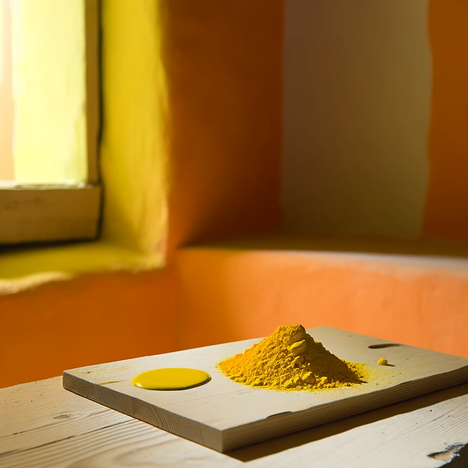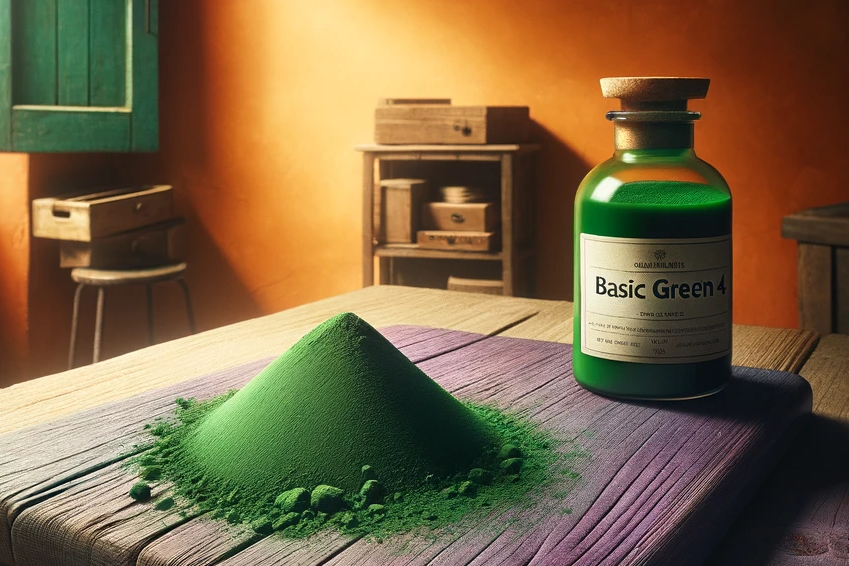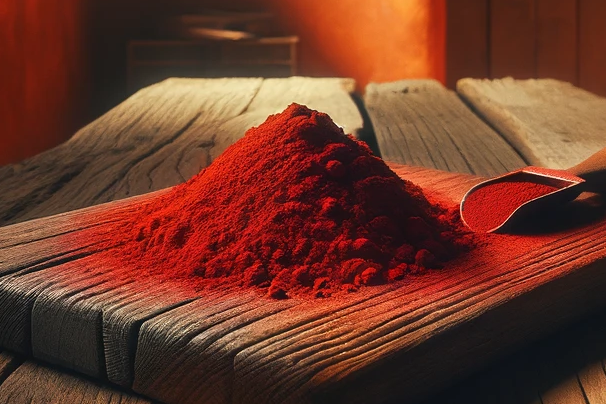Basic Yellow 2

What is Basic Yellow 2?
Basic Yellow 2 is a chemical compound with the molecular formula C17H22ClN3. It has a yellow color and is soluble in water or ethanol. Its other name is Auramine O or Gumamine O. It was first synthesized in 1882 by the German chemist Carl Gräbe.
How is Basic Yellow 2 produced?
Basic Yellow 2 is produced by a multi-stage reaction of aniline, formaldehyde and zinc chloride. This first produces an intermediate product known as tetraaminotriphenylmethane. This is then treated with hydrochloric acid to obtain Basic Yellow 2.
Where is Basic Yellow 2 used?
Basic Yellow 2 has various areas of application. It is mainly used as a dye for acrylic fibers, paper, leather and as a biological dye. It can also be used as a fluorescent dye to make certain microorganisms visible. For example, it is used to stain acid-fast bacteria such as Mycobacterium tuberculosis, which cause tuberculosis. It binds to the mycolic acid in the cell wall of the bacteria and produces a yellow fluorescence under UV light.
What are the advantages of Basic Yellow 2?
Basic Yellow 2 has several advantages as a dye. It is relatively inexpensive and easy to produce. It has a high color strength and a bright color that is well suited for decorative purposes. It is also water-soluble and can therefore be easily applied and washed out.
What are the disadvantages of Basic Yellow 2?
Basic Yellow 2 also has some disadvantages as a colorant. It is not light-stable and can therefore fade or change quickly. It is also not very resistant to acids, alkalis or bleaching agents and can therefore be easily damaged. It can also cause allergic reactions or skin irritation if it comes into contact with the skin. It is also not environmentally friendly and can pollute water or soil if not disposed of properly.
How does Basic Yellow 2 affect dogs?
Basic Yellow 2 can also be harmful to dogs if they ingest it or come into contact with it. It can lead to symptoms of poisoning such as vomiting, diarrhea, convulsions or respiratory distress. It can also damage the liver or kidneys or cause cancer. Therefore, care should be taken to ensure that dogs do not have access to objects colored with or containing Basic Yellow 2.
Basic Yellow 2 is an artificial colorant that is used in various areas. It has some advantages such as high color intensity and bright coloration, but also some disadvantages such as low light stability and a possible health hazard for humans and animals. If you use Basic Yellow 2 or come into contact with it, you should inform yourself about the risks and take appropriate precautions.
Properties 9
Are you looking for other ingredients with a specific property?
Just click on them to find more.
If you notice any signs of hypersensitivity or poisoning in your dog, you should see your vet immediately. We are not a substitute for a vet, but we try to be as accurate as possible. Every dog reacts differently and we recommend you get a second opinion or consult your vet if in doubt.
Stay healthy and take good care of your four-legged friend!😊
Similar to Basic Yellow 2
Basic Green 4 is a cationic dye from the group of triphenylmethane dyes. It has the molecular formula C23H25CIN2 and a molar mass of 482.64 g/mol. It has a dark green color with a metallic sheen and...
Basic Orange 2 is mainly used as an orange dye for cotton, silk and other textiles. It can also be used for dyeing leather, paper, feathers, plants and bamboo products. Basic Orange 2 is a basic...
Basic Red 22 is a cationic cyanine dye with the chemical formula C_23H_25N_3. It has the CAS number 12221-52-2 and is one of the regulated ingredients in the EU Cosmetics Regulation. It has a blue...
Basic Violet 1, also known as methylrosanilinium chloride or crystal violet, is a synthetic dye from the triphenylmethane dye family. Originally used in the textile industry and as a microscopic...



